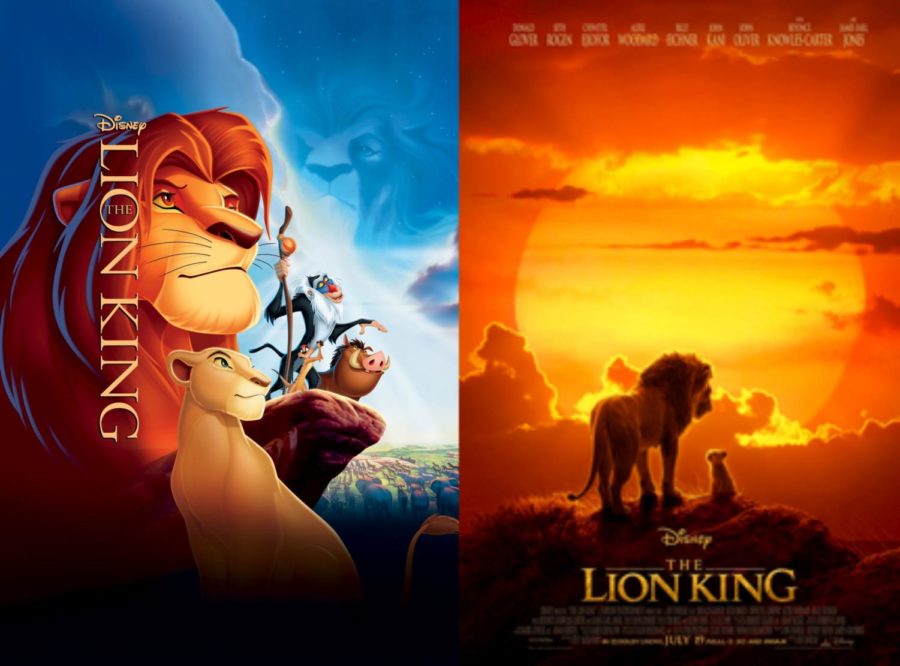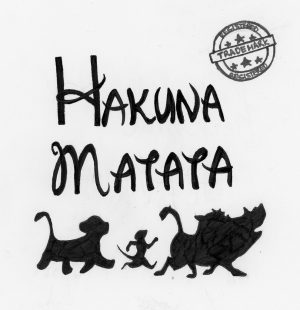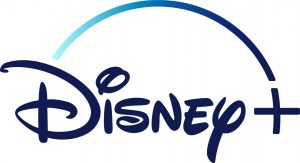Adventure is out… where?: Disney’s creative success falters with latest films
Disney
In Disney’s recent remakes, the onslaught of 3D animation is proving to be a difficult medium to translate emotion across, giving many films a less magical feel.
November 17, 2021
Good writing is rewriting. But good movies don’t always require remaking.
Disney’s past movies still remain as some of their most iconic across all generations, yet their most recent releases are crowded with remakes, serializations or sequels. As audience members and Disney fans, it feels as if Disney is losing steam in continuing to produce their expected content of innovative, torch-blazing films. Their newer movies feel less original, less creative and less magical. Are they continuing to produce hits because they’ve built their way to the top of the industry and now have the money to buy out the best resources and people in the industry? Or are they truly pushing their limits?
Stories and cultural representation
One can’t deny that Disney has made a visible effort to ensure their films take on the cultural variety of their audiences: in the past few years, “Moana” became Disney’s first Polynesian princess and “Coco” brought Día de los Muertos into the spotlight. But the representation of different cultures is often coupled with poorly executed, wearily familiar plotlines that detract from the pride of seeing such cultures on the big screen.
Take “Raya and the Last Dragon,” which drew heavily upon Southeast Asian culture to create the distinct yet familiar nations in its land of Kumandra. It was the next film made by Disney after “Soul” showcased the unique individuality and artistry of jazz for its Black protagonist. But the difference between “Raya” and “Soul” was that “Raya” limited its cultural representation to the formulaic tropes of Disney: princess against the world, a quest to restore a land’s magic, a dragon sidekick who also functioned as comedic relief, to name a few. On the other hand, “Soul” used Black culture to elevate the authenticity and realism of the story itself, giving the movie a vibrant cultural soul rather than a facade on which to employ its usual gags and trinkets.
With upcoming movies like “Encanto,” featuring a magical Colombian household whose gifts threaten to disappear, and “Turning Red,” starring a Chinese Canadian teen who turns into a giant red panda when distressed, bringing their own cultural intricacies to Disney’s ever-expanding audience, red flags are already showing. In the trailer of “Turning Red,” the main character has a helicopter mom who follows her child to school and then proceeds to kick a security guard asking what she’s up to. With just one trailer, the negative illustration of Asian mothers as high-strung, overbearing and obsessively involved in their child’s education lives on. The embarrassment of turning into a monstrously-sized panda at the drop of a coin is a droll metaphor for the rocky emotional journey of adolescence, but once again Disney seems to be setting up a movie that fails to blend good ideas with good representation.
It is time that Disney realized there is magic enough in making films that feel close to home — no amount of fantastical creatures or royal derring-do can replace an authentic rendering of one’s cultural community and the vulnerability of the stories within it.
Production and animation
The bland technical choices made in production, namely animation, are another reason why Disney movies don’t seem to hit as close to home anymore. As the world of animation has taken enormous strides in the past two decades, especially with the emergence of 3D animation and CGI, the entertainment industry has clearly taken a liking to these new advancements. Ever since the breakthrough of the first 3D Disney film, “Toy Story,” Disney has pumped out 3D movies one after another, and even begun to dip their feet into the whirlpool of CGI and live action. However, as wonderful as these new mediums are, a concern rises; do 3D, CGI and live action really serve the best purpose to convey the feel and meaning of what is wanted to be said with the film?
Because 3D animation and live action remakes are less time-consuming, in need of fewer animators and generally take on a less grueling production process, and all while making the same or even greater amount of money, Disney has been favoring these methods. But while the appeal of these new tools is obvious (the ability to replicate real life and deliver a new sense of depth in animation never experienced before in addition to the previous reasons), oftentimes they’re not needed. In fact, many times they hinder the audience’s experience. For example, emotion and exaggeration in 3D are not as nearly fantastic as they can be in 2D. As for live action and CGI, being able to produce emotion is even harder than when produced in 3D as the creators must abide even more strictly to the mechanics of real life and physics.
And here is where the problem resides: should all films really be animated in 3D? Now, not all may agree, but “Frozen” is one movie that may have translated much better in the 2D medium; Disney’s creative team would be given the chance to truly shine and go all out with the potent magical aspect. But because it was made in 3D, there were greater hindrances that the creative team faced; it may seem contradictory, but in order to captivate magic and imaginative elements well, they must abide by the laws of physics in some way or another for the viewer to believe that what they are seeing is possible. Though this rule also applies to 2D and in nearly all forms of art, it should be noted that in 2D, it could be followed more loosely, allowing for more creative wiggle room to experiment and think outside of the box.
Touching back on the point of emotion and gesture, compare the 1955 film “Lady and the Tramp” with its 2019 remake; the 2019 version seems incredibly dull. Not only are the colors dimmed and desaturated, but the expressions are almost nonexistent and the fluidity of movement that is showcased with 2D animation is completely absent. With the charms of 2D taken away, the remake is a downgraded, drab, watered-down version of the original; the film has become mechanical.
That being said, CGI and 3D animation can still help movies shine when used right. It allows for a modern take on old stories, and especially allows remakes to surface in a new medium that can attract more viewers. There still exists a sense of nostalgia, only one that is presented in a different way that allows the audience to re-experience all the things that made them fall in love with it while marveling at the beauty that results when it is skillfully adapted to the technology of our times.
Different creative methods paired with new animation styles allow Disney to direct the way they want certain things to be detailed in innovative directions, and this can be truly breathtaking when used correctly. So yes, CGI and 3D animation may be a new pathway for Disney to produce their films, but it is also far from the only one.
Suggestions for the future
Maybe it feels like the impact of Disney has decreased because the explosion of media is making people more open to new ideas outside of Disney’s monopoly. However, it’s exactly because of how interconnected the world is now that Disney needs to start stepping up their game in order to continue building a reputation for themselves. There’s no doubt that they will continue to be remembered for their old Disney classics, but as each person, every day, starts presenting their own creativity and bringing their own imagination into the public, it becomes harder for Disney to stay relevant.
So what direction should Disney take for future films? While continuing to adapt to the times, it is important Disney take bigger risks with their cast, medium and stories.
One opportunity for more diverse storytelling lies in their live-action remakes. Disney often relies on the presence of famous actors in the cast to generate publicity, as when Beyoncé was tapped for 2019’s “The Lion King” and Emma Watson was brought in for the 2017 remake of “Beauty and the Beast.” Such choices overlook remakes as a chance for newer or lesser-known actors to shine in familiar roles, as DVHS junior Geethika Prathipati believes.
“They know the basic plotline so it’d be easier for them to act and most people do know the basic plotline of the movies that they are remaking, so it’d be easier for [newer actors] to do it and boost a career versus people who are already popular,” she said.
And although it’s not everyone’s cup of tea, perhaps a relapse into the world of 2D may spark greater creativity and emotional reaction for the stories that need it, as it could have done for “Frozen” and which Sony’s “Spider-Man: Into the Spider-Verse” handled so masterfully.
Additionally, Disney should continue to listen to the demands of their fans and the stories they want to see. DVHS AP Calculus teacher Kellie Judson feels that a lot of the magic with Disney and Pixar was that their films adroitly plumbed the depths of innocuous childhood daydreams for inspiration — what if there’s a monster under my bed? What’s life like for a fish in the sea? Judson feels Disney’s new films should continue drawing on the universal wonderings of their viewers, and notes that in the meantime, they have done a good job adapting their films to the trends of modern society. For example, in the 2019 film “Aladdin,” Jasmine became more of a strong female character, culminating in the new feminist ballad written just for the remake: “Speechless.”
“That was a change that was made to sort of meet the needs of where society is wanting to see women rise to power or have an agenda going,” Judson said.
This societal sensitivity is a direction Disney should continue to follow. Coupled with sensitive animation choices and refreshing cultural representation, the megacorporation that charmed our childhood can regain its lost spark.







